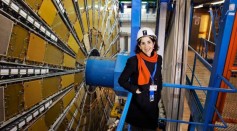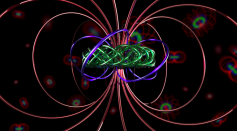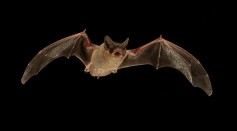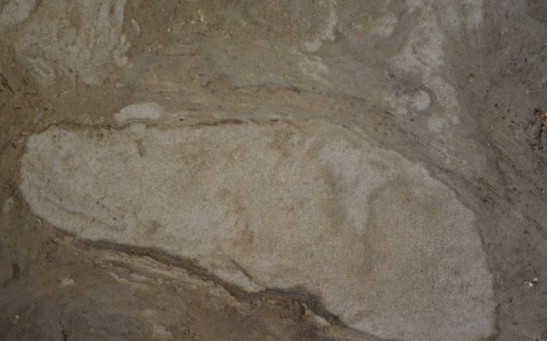science

Climate Change May Spark A Wildfire Or Two in Our Future

Climate Change May Spark A Wildfire Or Two in Our Future

Wildfires May Fill our Future as Climate Change Sparks Lightning

Wildfires May Fill our Future as Climate Change Sparks Lightning

CERN May Not Have Found Higgs Boson, But They Found A New Director-General

High-fat Diet May Slow Down Alzheimer's, Parkinson's and Premature Aging

Cat Genome Explains How a Wild Cat Became Domesticated

Ebola "Wonder Drug" Awaits Clinical Testing, On Its Way To Be Formally Approved

The Man Behind the Theorem—CERN Artwork Pays Homage to John Stuart Bell

ESA Ready to Give Rosetta’s Philae the Green Light

Lactose Intolerance Linked With Lower Cancer Risk

Orphaned Sea Otter Pup Finds New Home Far from the Pacific

Could A Techni-Particle Save Us from the Universe’s Undoing?

Just Because Bats Are Blind Doesn’t Mean They Can’t Compete
Most Popular

AI Revolution in Medical Education: Transforming How Healthcare Professionals Learn

Optimizing Complex Catalog Systems with Graph Theory and Indexing

Out of Office, Not Out of Mind: Planning for Employee Holiday Absences

Nikolay Karpenko Biography, Photo, Career, Accomplishments






